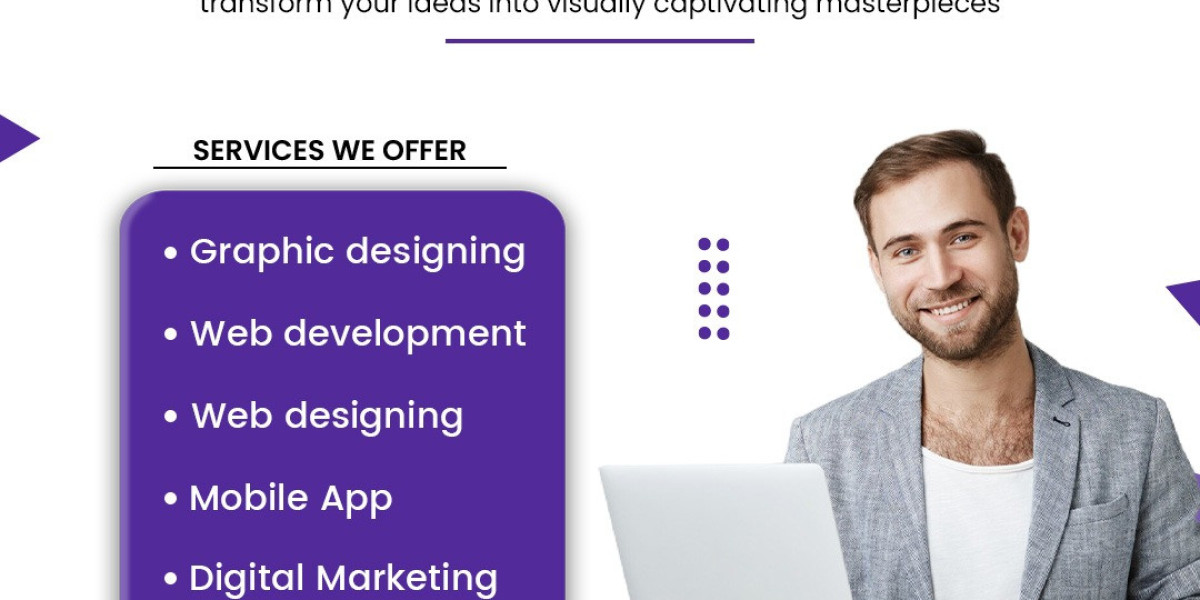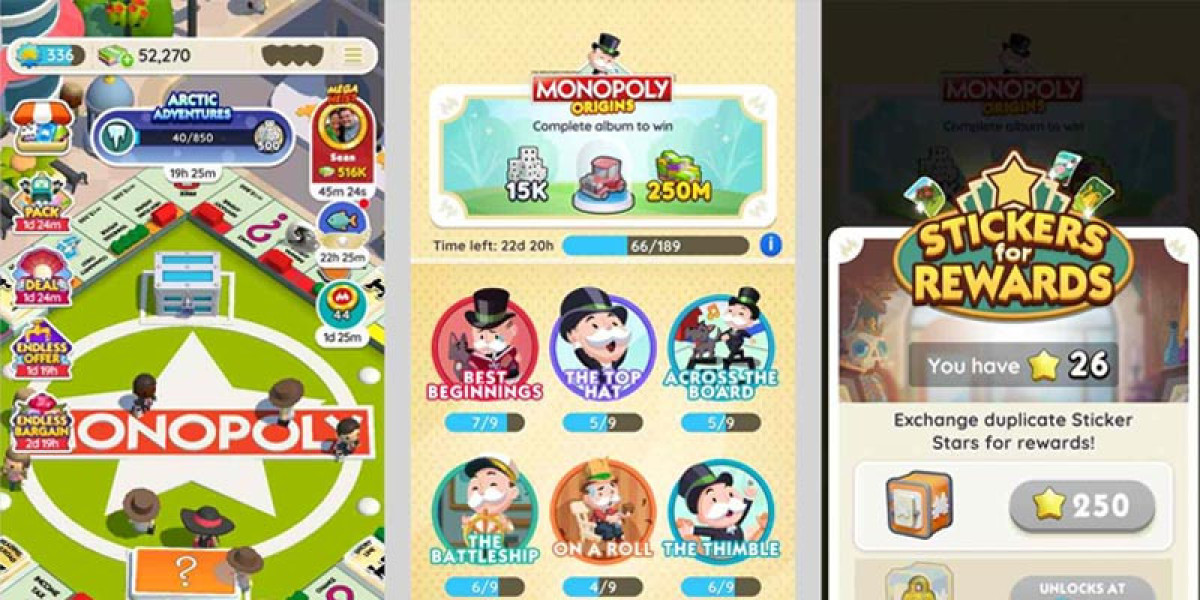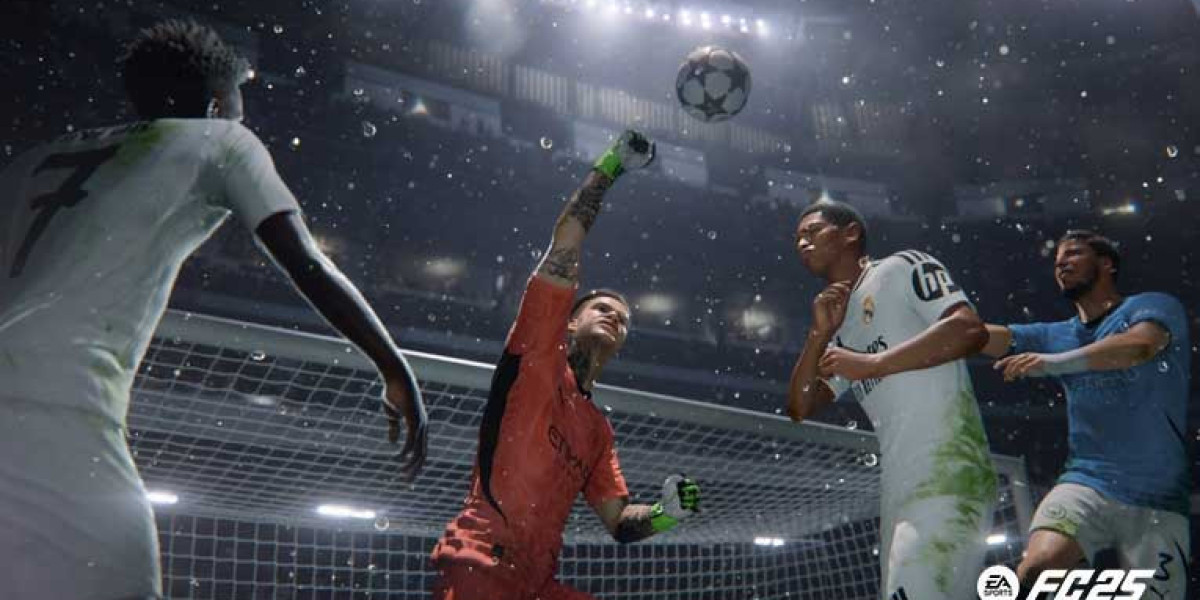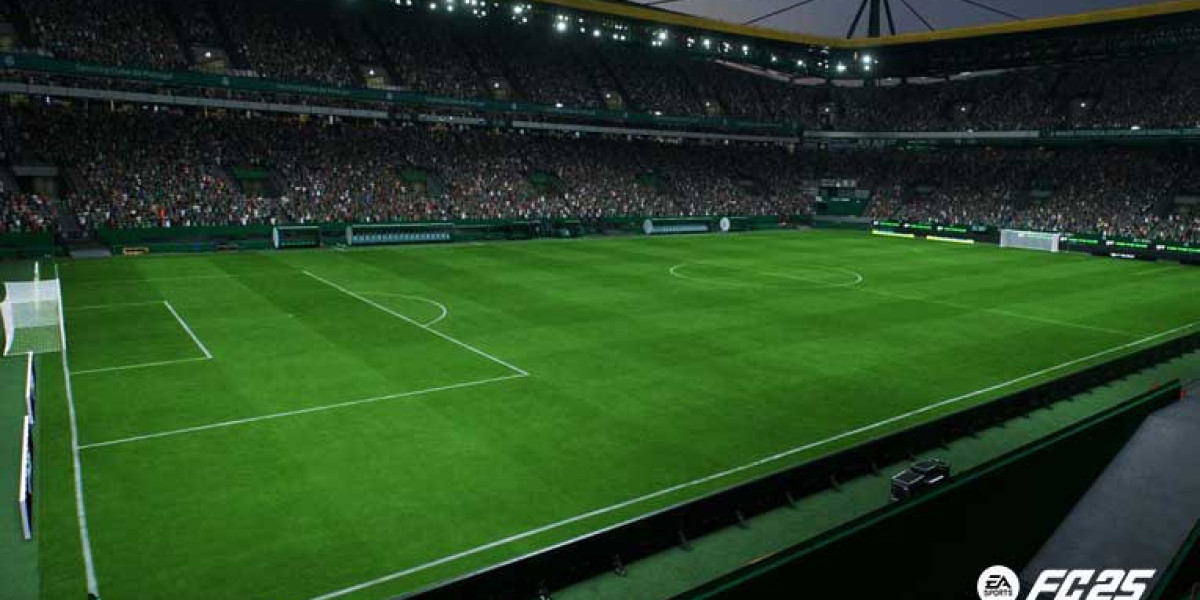n the ever-evolving world of web design, staying updated with the latest trends is crucial for maintaining a competitive edge. As we move into 2024, several key trends are emerging that will define the digital landscape. From innovative user interfaces to groundbreaking visual styles, these trends are set to revolutionize how we create and interact with websites. Here are the ten web design trends you need to know in 2024.
Dark Mode Dominance
Dark mode has been gaining popularity over the past few years, and in 2024, it will become a standard feature in web design. This trend not only reduces eye strain but also conserves battery life on mobile devices. Dark mode designs are sleek, modern, and give websites a sophisticated look. Incorporating dark mode options allows users to switch between light and dark themes, enhancing the user experience. Moreover, dark mode can help highlight specific elements on the page, making them stand out more against the darker background.
Benefits of Dark Mode
Dark mode offers numerous benefits, including improved readability in low-light conditions and a modern aesthetic appeal. It can also help reduce power consumption on OLED screens, making it an environmentally friendly option. Additionally, dark mode can provide a better contrast for highlighting colorful graphics and images, making the overall design more vibrant and engaging.
Neumorphism
Neumorphism, a blend of skeuomorphism and flat design, is taking the web design world by storm. This style uses soft shadows and highlights to create elements that appear to extrude from the background, giving a sense of depth and realism. Neumorphism is perfect for creating intuitive and engaging user interfaces that mimic real-life objects. The subtlety of its design elements ensures that the interface remains clean and user-friendly.
Implementing Neumorphism
When implementing neumorphism, it's essential to strike a balance between depth and simplicity. Overuse of shadows and highlights can make the design feel cluttered and overwhelming. The key is to use these elements sparingly to enhance user experience without compromising functionality. Designers should focus on creating a harmonious blend of soft, diffused shadows and light to achieve the desired effect.
Minimalism with a Twist
While minimalism is not new, it continues to evolve. In 2024, minimalism is being redefined with bold typography, vibrant colors, and asymmetrical layouts. This approach maintains a clean and uncluttered look while adding elements of surprise and creativity. The use of whitespace is more strategic, directing users' attention to essential content and calls to action.
Evolving Minimalism
Evolving minimalism emphasizes the importance of visual hierarchy and clear navigation. By incorporating bold typography, designers can create focal points that guide users through the content effortlessly. Vibrant colors and asymmetrical layouts add a dynamic and modern touch to the design, making it more engaging and memorable. The key is to maintain simplicity while introducing innovative elements that enhance the overall aesthetic.
3D Graphics and Animations
With advancements in technology, 3D graphics and animations are becoming more accessible to web designers. These elements can create a highly immersive experience, making websites more engaging and interactive. From animated product displays to dynamic background visuals, 3D elements add a layer of sophistication and innovation to web design.
Creating Immersive Experiences
3D graphics and animations can transform a static website into an interactive playground. They can be used to showcase products from multiple angles, simulate real-world scenarios, or create engaging storytelling experiences. When used effectively, 3D elements can captivate users' attention and encourage them to spend more time exploring the website. It's important to ensure that these elements are optimized for performance to prevent slow loading times and provide a seamless experience across devices. Micro-Interactions
Micro-interactions are subtle animations or visual cues that occur in response to user actions. These can range from a button changing color when hovered over to a loading animation. Micro-interactions enhance the user experience by providing feedback and making the interface feel more responsive and intuitive. They are crucial for guiding users through a website seamlessly.
Enhancing User Experience
Micro-interactions can significantly improve user engagement by providing instant feedback and making the interface more interactive. For example, a subtle animation when a user clicks a button can confirm that the action was successful. Similarly, a progress indicator during loading times can keep users informed and reduce frustration. These small, yet impactful, details contribute to a more polished and user-friendly design.
Voice User Interface (VUI)
As voice search and smart assistants become more prevalent, integrating voice user interfaces (VUI) into web design is becoming essential. VUI allows users to interact with websites through voice commands, providing a hands-free and convenient browsing experience. This trend is particularly significant for accessibility, ensuring that websites are usable by a broader audience.
Designing for VUI
Designing for VUI involves creating intuitive voice commands and responses that enhance the user experience. It's important to ensure that voice interactions are clear, concise, and contextually relevant. Additionally, incorporating VUI into web design can improve accessibility for users with disabilities, making the internet more inclusive and user-friendly. By providing an alternative mode of interaction, VUI can cater to a wider audience and enhance overall usability.
AI and Machine Learning Integration
Artificial Intelligence (AI) and machine learning are transforming web design by enabling personalized and dynamic content delivery. AI can analyze user behavior and preferences, allowing websites to offer tailored experiences. Chatbots powered by AI can provide real-time assistance, improving customer service and engagement.
Personalizing User Experience
AI and machine learning can be used to create highly personalized user experiences. By analyzing user data, AI can recommend products, content, or services that are relevant to individual users. This level of personalization can increase user engagement, drive conversions, and improve customer satisfaction. Additionally, AI-powered chatbots can provide instant support, answer queries, and guide users through the website, enhancing overall user experience.
Augmented Reality (AR)
Augmented Reality (AR) is bridging the gap between the digital and physical worlds. In web design, AR can be used to create interactive and engaging experiences. For instance, AR can allow users to visualize products in their environment before making a purchase, significantly enhancing the e-commerce experience.
Innovative AR Applications
AR can be integrated into web design to provide interactive product demonstrations, virtual try-ons, and immersive storytelling experiences. For example, an online furniture store can use AR to let customers see how a piece of furniture would look in their home. This not only enhances the shopping experience but also helps customers make informed decisions. The potential applications of AR in web design are vast, offering new ways to engage and captivate users.
Advanced Accessibility Features
Web accessibility is becoming increasingly important, and 2024 will see a rise in advanced accessibility features. This includes voice navigation, screen readers, and keyboard-friendly designs. Ensuring that websites are accessible to all users, including those with disabilities, is not only ethical but also expands the potential audience.
Improving Inclusivity
Advanced accessibility features ensure that websites are usable by everyone, regardless of their abilities. Voice navigation and screen readers make it easier for visually impaired users to access content, while keyboard-friendly designs cater to those with motor impairments. By prioritizing accessibility, designers can create more inclusive and user-friendly websites. Additionally, accessible websites are more likely to comply with legal requirements and avoid potential penalties Custom Illustrations and Graphics
Custom illustrations and graphics are becoming a staple in web design, offering a unique and personalized touch. Unlike stock images, custom graphics can be tailored to align with a brand’s identity and message. These visuals add a layer of originality and can help a website stand out in a crowded digital landscape.
Creating Unique Visuals
Custom illustrations and graphics can help brands convey their unique personality and values. By creating bespoke visuals, designers can ensure that every element of the website aligns with the brand's identity. These custom graphics can be used in various ways, from hero images and icons to infographics and animations. They add a distinctive touch that can set a website apart from competitors and leave a lasting impression on visitors.
Conclusion
Staying ahead in web design requires a keen eye on emerging trends and the willingness to adapt and innovate. The trends highlighted here—dark mode, neumorphism, minimalism with a twist, 3D graphics and animations, micro-interactions, voice user interfaces, AI and machine learning, augmented reality, advanced accessibility features, and custom illustrations—are set to shape the web design landscape in 2024. By embracing these trends, designers can create websites that are not only aesthetically pleasing but also highly functional and user-friendl








